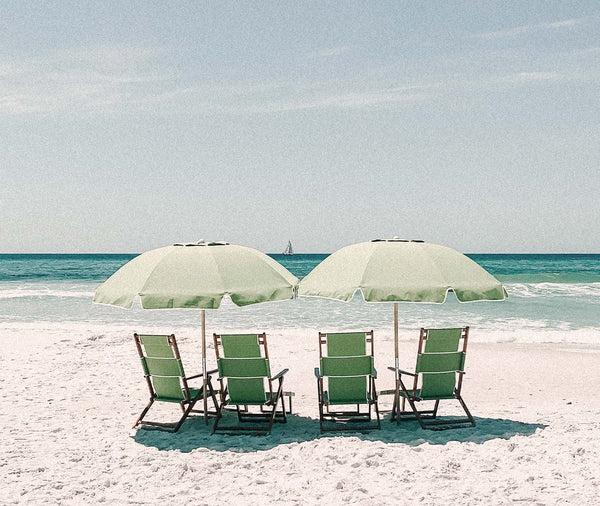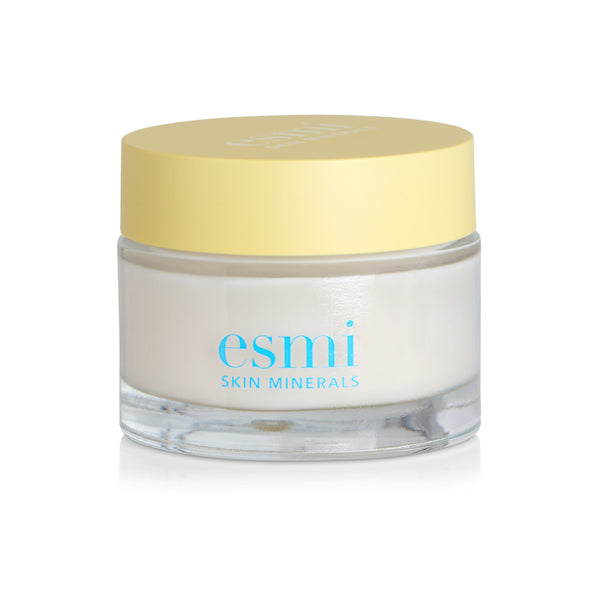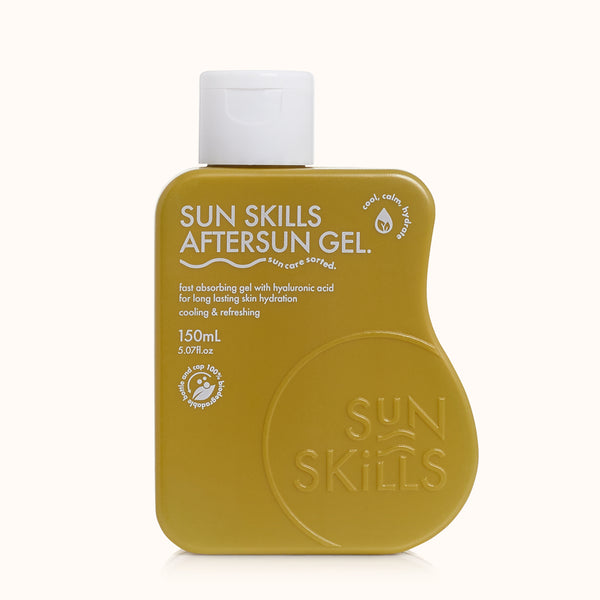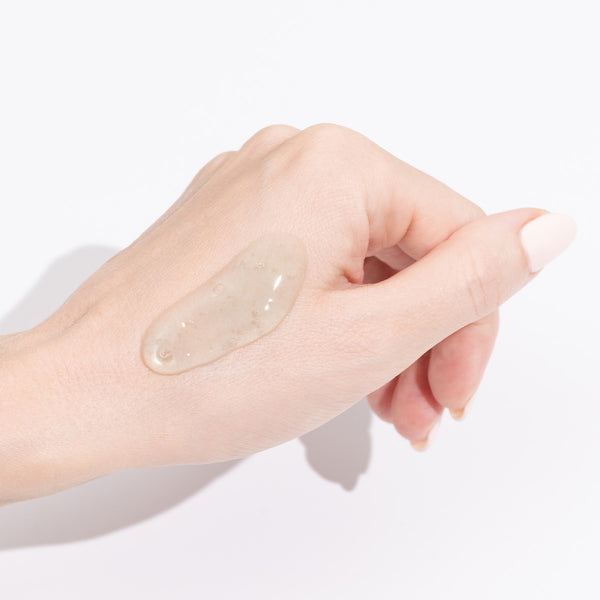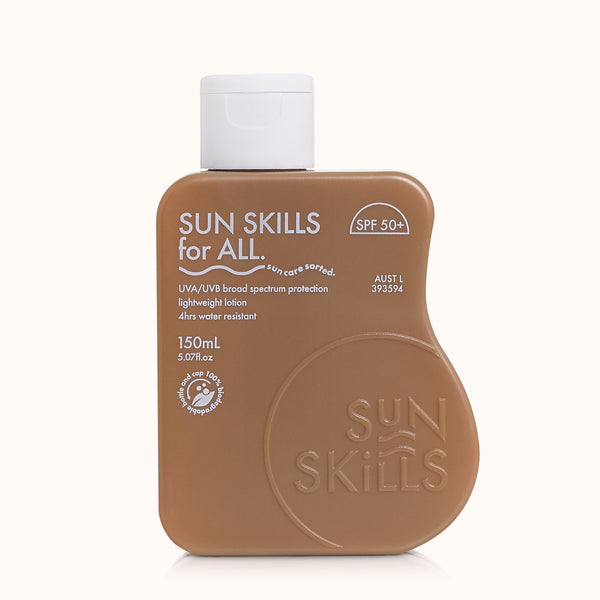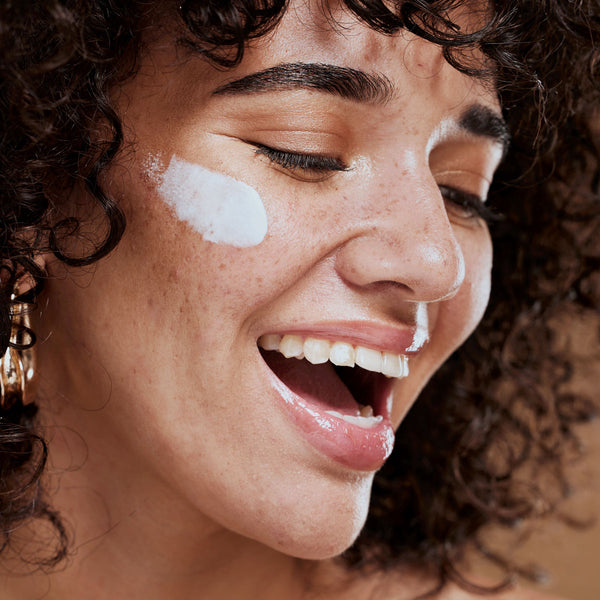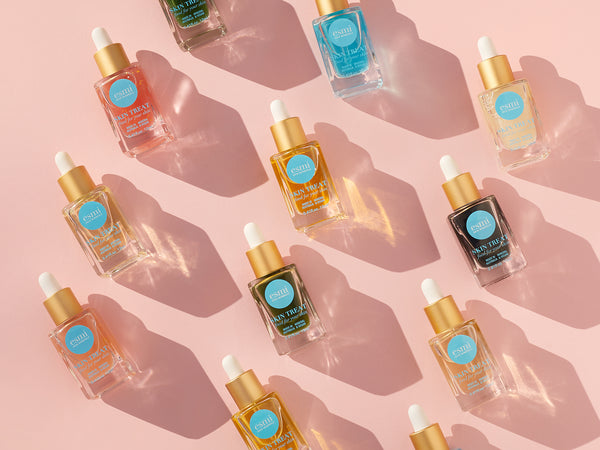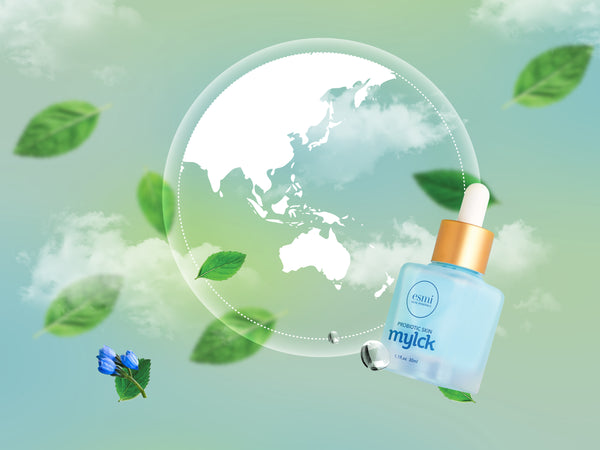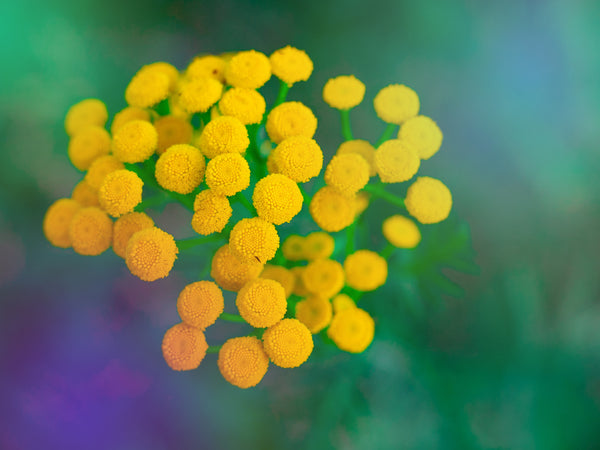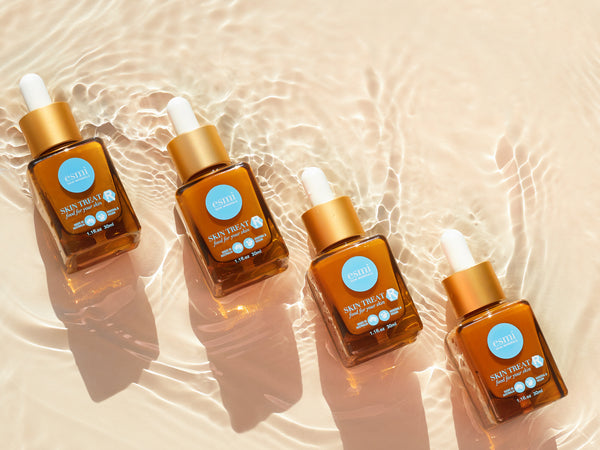By now you know that UVB rays are for burning so you’re at risk of seeing red if a lot of your daily activities are in the sunshine, whether you work outside or love afternoon walks along the beach. If you’ve stayed out in the sun too long and just the thought of touching your raw skin is painful, check out our survival guide for what you can do to ease the burn and lessen the damage that’s occurring deep within your skin.
How Does Sunburn Happen?
Sunburn is an inflammatory reaction to ultraviolet radiation which causes damage to the skin’s outermost layers. That’s right, it’s not actually the sun's heat that burns your skin so you can still get sunburned when the weather is cold!
Your skin works defensively by kicking your immune system into gear and sending extra blood to the damaged skin, this helps heal the cells but also leaves you with that bright red glow. It can happen in as little as 11 minutes but you won’t often see it for hours after you’ve been out in the sun.
If you have lighter features, severe sunburn can happen more easily but it also depends on the intensity of UV rays, certain medications and retinoids, your skin type and pigmentation. You’re also at higher risk if you tan regularly, work outdoors, play sports or swim outside or live close to the equator.
What Does Sunburn Look & Feel Like?
Moderate sunburn is like a first degree burn which causes damage to your skin’s outer layer, luckily this usually heals on its own in a few days. Unfortunately you may experience redness, blistering and peeling skin after 3-8 days while your skin may also feel hot and tight.
If you’ve really turned up the heat then a second degree burn will cause damage to the inner layer of your skin, known as the dermis, which may take weeks to heal. You may notice fluid-filled blisters, extremely red skin, white discolouration within the burn and swelling over large areas. You might also experience some symptoms of heat stroke which includes exhaustion, fever, dizziness and muscle cramps.
As part of the natural healing process, your skin may also start to peel as your body tries to get rid of damaged cells. Resist the temptation to pick at your skin and allow it to detach on its own as it tries to regenerate. These areas will be particularly sensitive to the sun for several weeks so make sure you cover the new skin thoroughly with your favourite Sun Skills SPF before exposing it again.
Sunburn VS Windburn
Okay let’s get something straight here, the wind can dry your skin but it won’t burn it like the sun. You may notice some of the symptoms like redness, burning and peeling are the same but a combination of low humidity and wind actually strips your skin of its protective oils. This leaves your hands, face, lips and ears vulnerable to inflammation, extreme dryness and irritation. If you have skin conditions like rosacea or eczema, or have recently had dermabrasions or chemical peels, this can also make your skin extra sensitive to the wind.
Windburn during summer is really uncommon so it usually happens during cold, dry and (you guessed it) windy weather when you’re doing outdoor activities like skiing or hiking. June and July tend to be the coldest months so cover up as much as possible from the elements and use a thicker alcohol-free moisturiser like esmi’s Nourishing Moisturiser. This moisture-boosting cream is perfect for those with true dry skin, formulated 24K gold flakes to help boost circulation and cocoa seed butter to protect and deeply hydrate your skin.
How Serious Is Sunburn?
While your temporary burn will heal, the damage is done as it builds over time, starting with your first sunburn. The more you burn the greater your risk of developing skin cancer which is scary when you think that five or more sunburns double your risk of melanoma. Can you remember how many times you have been sunburnt?
Before melanin can take effect, your body’s short term response to DNA cell change is to intentionally kill off the cells that have been damaged, a process called apoptosis. This reduces the chance that mutated cells will begin uncontrollably reproducing which forms a tumor. This means it’s not actually the burn itself that affects your risk, it’s the amount of sun exposure which can lead to the deadliest forms of skin cancer.
Even if you have a tan or dark skin type, frequent unprotected sun exposure can cause cellular damage that can increase your risk of:
- Eye damage as UV rays can wreak havoc on the tissues in your eyes and burn the cornea, or outer layer, which over time can lead to cataracts.
- Precancerous skin lesions.
- Lowered immune system as white blood cells work to protect your body when it gets burnt.
- Premature skin aging including age spots, freckles, red veins and wrinkles.
- Skin cancer with the most common being melanoma.
- Skin changes where some cells form a clump of melanin that creates freckles and moles.
Does Sunburn Turn Into Tan?
Melanin is a pigment that gives your skin its colour by darkening exposed skin to protect it from further damage. The amount of melanin you produce is determined by genetics, which is why some people seem to get burned and others tan. This is all thanks to the same UVB rays that burn which also bronze!
While it might seem that your burn is giving you a tan because it coincides with your healing, it’s actually delayed pigment darkening that usually begins two days after the exposure and lasts 10-14 days.
Having a natural tan is actually a sign of irreparable cellular damage to the skin so you should never actively try to get that “first burn” of the season. A tan is about the same as SPF2 so the only way to that golden glow safely is to use fake tan.
How Do You Heal Sunburn Fast?
The majority of sunburns can be treated at home so learn from your burn and make this one your last! Take a cool shower and skip any harsh soaps which might irritate your skin even more. Pat yourself dry then take the heat out of your exposed skin with Sun Skills Aftersun Gel! It’s packed with hydrating ingredients and restorative properties that soothe your skin when it needs it most. The lightweight and fast-absorbing gel is enriched with hyaluronic acid to replenish skin's water content and instantly boosts hydration so you’ll be feeling as cool as a cucumber. Keep yourself refreshed by sipping a chilled green juice and relaxing under the fan as burns draw fluid to the skin’s surface and away from the rest of the body so you may become dehydrated.
You’ll want to avoid scratching, scrubbing, picking or pealing your red skin or any newly formed blisters. They’re actually filled with plasma to protect the underlying damaged skin while your skin heals, popping the blisters will mean the skin dries out and can get infected.
How Do You Prevent Sunburn?
The bad news is that there is no way to reverse sun damage but the good news is it’s entirely preventable. You can’t feel UV radiation so be sun safe by protecting yourself with Sun Skills for ALL SPF 50+ face and body sunscreen. It’s designed to protect you and your family from harmful UV damage while supporting and strengthening all skin types, especially normal to oily. The sheer touch formula includes skin-loving ingredients for the whole family with enriching vitamin E and native Kakadu plum to protect against free radicals while high aloe vera content hydrates and moisturises.
